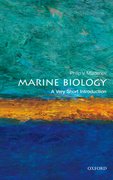A Nelson Mandela reading list
Here we celebrate the life and legacy of Nelson Mandela. From his early days as an activist, to his trial and imprisonment, to his presidency, this reading list covers all aspects of his life, and looks beyond the work he did to see how he influenced South Africa and the world.













